
Lot 14
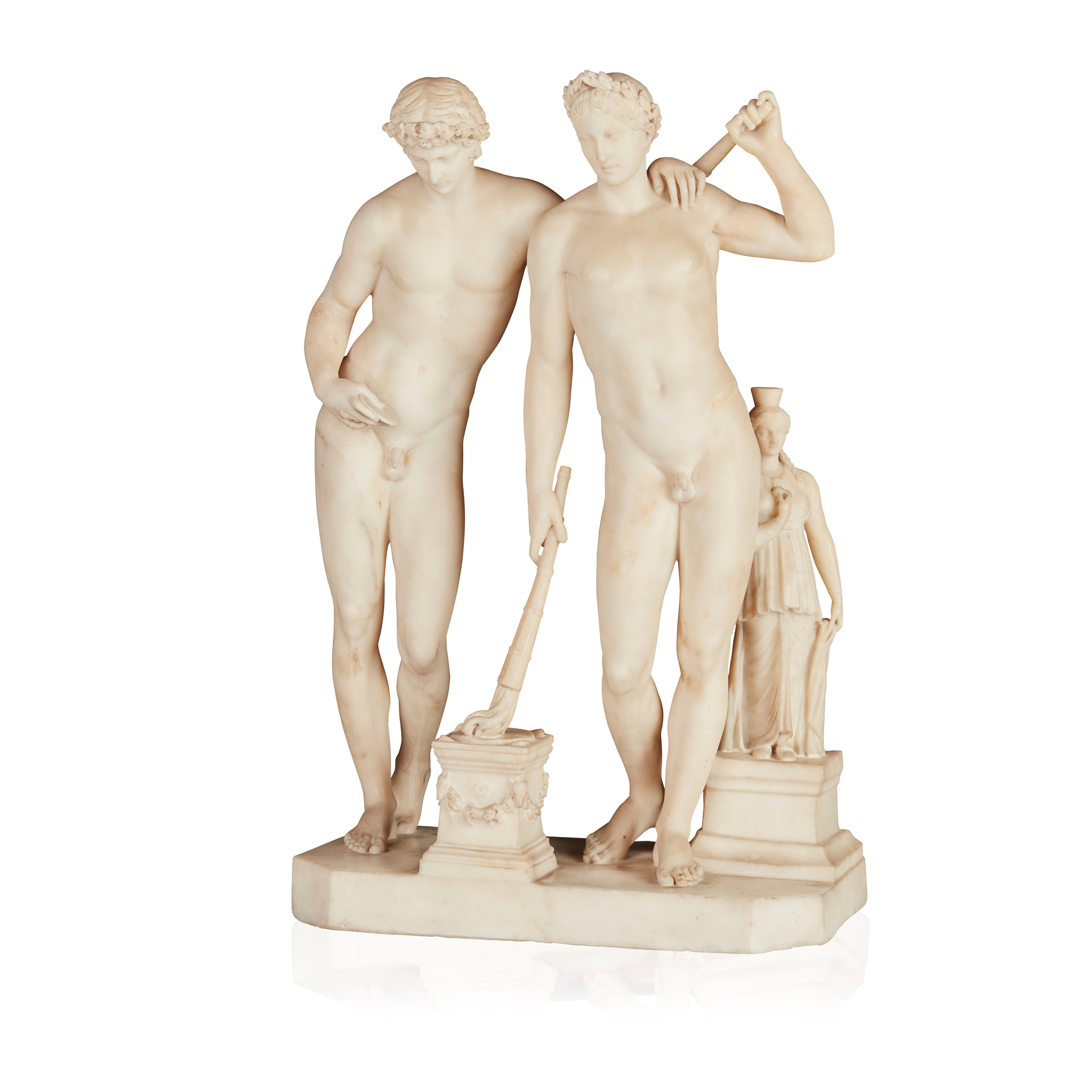
AN ITALIAN CARRARA MARBLE FIGURE GROUP, AFTER THE ANTIQUE
CASTOR AND POLLUX, THE SAN ILDEFONSO GROUP
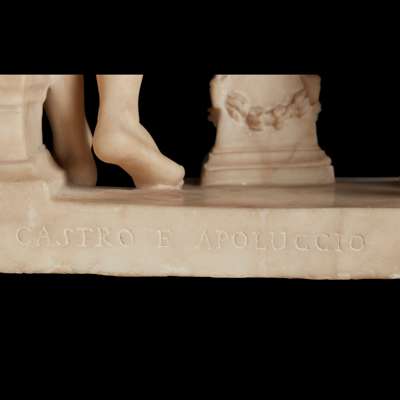
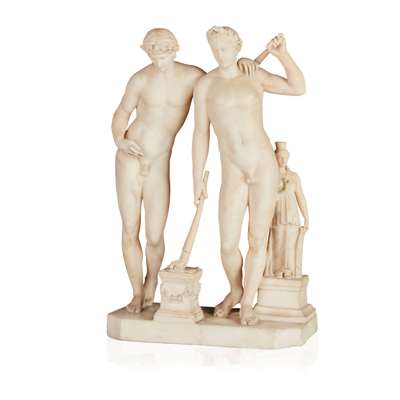
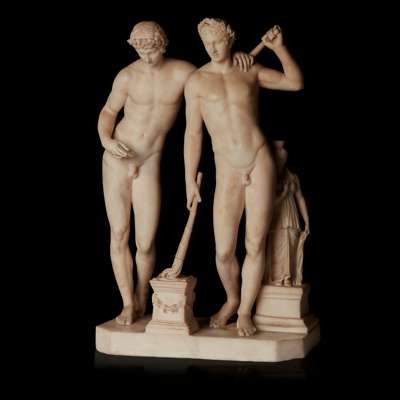
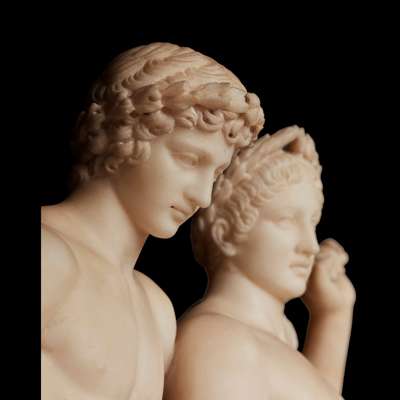
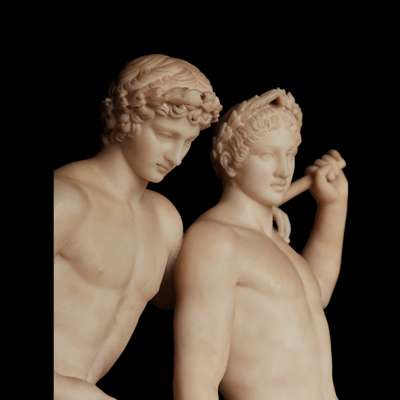
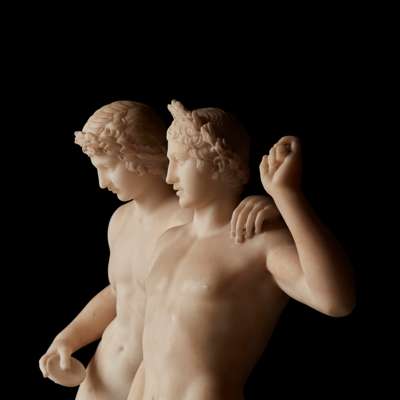
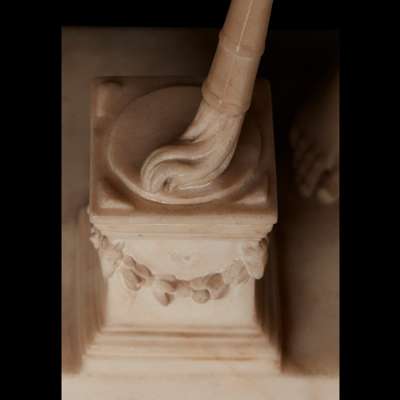
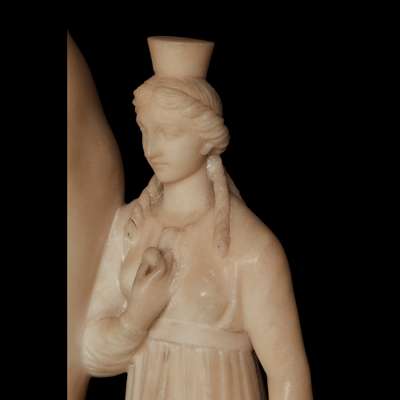


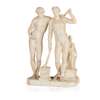
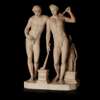
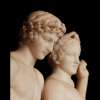
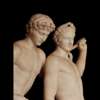
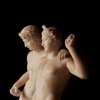
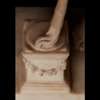
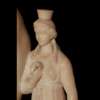
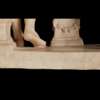
Auction: 15 January 2025 from 10:00 GMT
Description
inscribed on the reverse CASTRO E APOLUCCIO
Dimensions
67cm high
Footnote
This marble figure group, known as the San Ildefonso Group, is a copy of a 1st century AD Roman group excavated sometime at the beginning of the 17th century. It was first documented in 1623 in the Ludovisi Collection, and subsequently appeared in engraved prints in 1638 by F. Perrier, 1683 by G. Audran, 1704 by P. A. Maffei, and in 1767 by J.J. Winckelmann. Nicolas Poussin produced a sketch of the sculpture around 1630, and another in 1680 was made by Ercole Ferrata. The group was later in the Rome collection of Queen Christina of Sweden, and in 1724 was acquired by Elizabetta Farnese and her husband Philip V of Spain. It resided at the royal palace of San Ildefonso at La Granja through most of the 18th century and early 19th centuries, from which its present name is derived. It is now in the collection of the Museo del Prado, Madrid.
Drawing on the tradition of works by Praxiteles, the San Ildefonso Group is a typical work of Late Hellenistic and Roman eclecticism. The attribution of the two models of the group, represented as idealised nude male youths, has been disputed over the centuries but is now accepted as representing the twins Castor and Pollux, or alternatively the Greek mythological figures Orestes and Pylades. Interpreted as a representation of friendship and fidelity, to modern observers there is a homoerotic element to the group that may or may not have been intentional, but follows in the tradition of Praxiteles’ celebration of the idealised male form. From the 17th century onwards, copies were highly prized and could be found in private collections, palaces, gardens, and museums throughout Britain and continental Europe.

















